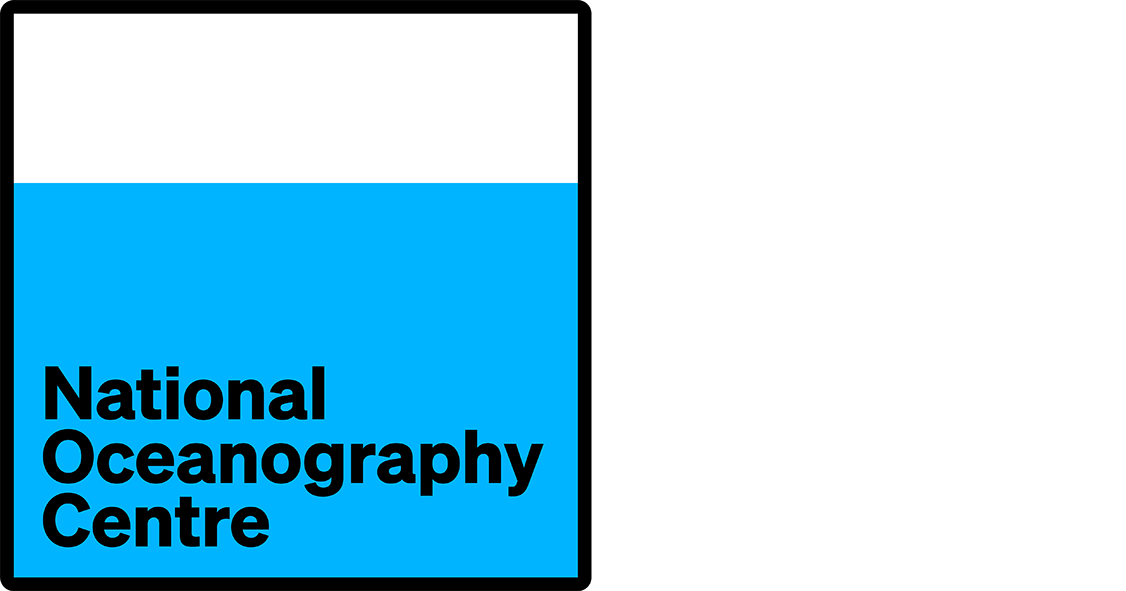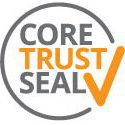Metadata Report for BODC Series Reference Number 514781
Metadata Summary
Problem Reports
Data Access Policy
Narrative Documents
Project Information
Data Activity or Cruise Information
Fixed Station Information
BODC Quality Flags
SeaDataNet Quality Flags
Metadata Summary
Data Description |
|||||||||||||||||||||||||
|
|||||||||||||||||||||||||
Data Identifiers |
|||||||||||||||||||||||||
|
|||||||||||||||||||||||||
Time Co-ordinates(UT) |
|||||||||||||||||||||||||
|
|||||||||||||||||||||||||
Spatial Co-ordinates | |||||||||||||||||||||||||
|
|||||||||||||||||||||||||
Parameters |
|||||||||||||||||||||||||
|
|||||||||||||||||||||||||
|
|||||||||||||||||||||||||
Problem Reports
No Problem Report Found in the Database
Data Access Policy
Public domain data
These data have no specific confidentiality restrictions for users. However, users must acknowledge data sources as it is not ethical to publish data without proper attribution. Any publication or other output resulting from usage of the data should include an acknowledgment.
The recommended acknowledgment is
"This study uses data from the data source/organisation/programme, provided by the British Oceanographic Data Centre and funded by the funding body."
Narrative Documents
Sea-Bird SBE 25 SEALOGGER CTD
The SBE 25 SEALOGGER is a research-quality CTD profiling system used for coastal, estuarine and, can also be a practical option, for deep-water work. It is easily configured in the field for a wide range of auxiliary sensors. The SEALOGGER is self-powered, requires no conductive cable, and is designed for use up to 6800 meters (10,000 psia). It uses the SBE3F temperature and SBE4 conductivity sensors as well as having an external strain gauge pressure sensor. It provides pump-controlled T-C ducted flow, samples at 8 Hz, records internally and provides simultaneous real-time data via its built-in RS-232 interface.
The standard CTD unit comes with a plastic housing (rated to 600 m), although this can be replaced by aluminium housing for depths up to 6800 m.
Specifications
| Parameter | SBE 25 |
|---|---|
| Temperature | Range: -5 to +35 °C Accuracy: 0.002 °C Resolution: 0.0003 °C |
| Conductivity | Range: 0 to 7 S m-1 (0 to 70 mmho cm-1) Accuracy: 0.0003 S m-1 Resolution: 0.00004 S m-1 |
| Strain gauge pressure sensor | Range: 0 to 20, 100, 350, 600, 1000, 2000, 3500, 7000 metres (expressed in metres of deployment depth capability) Accuracy: 0.1% of full scale range Resolution: 0.015% of full scale range |
Options and accessories
Additional sensors can be attached to the CTD, including:
- Dissolved Oxygen (SBE 43 DO Sensor)
- pH (SBE 18 pH Sensor or SBE 27 pH/ORP Sensor)
- fluorescence
- radiance (PAR)
- light transmission
- optical backscatter (turbidity)
The SBE 5T titanium pump can be used in place of SBE 5P pump. Further details can be found in the manufacturer's SBE 25 instrument specification.
RV Scotia 05/98 CTD Data Documentation
Introduction
Documentation for data collected on R.V. Scotia cruise 5/98 (20th March - 8th April 1998) by the Fisheries Research Services of the Scottish Marine Office, Aberdeen UK.
The cruise objectives were:
-
To perform hydrographic surveys along the standard Faroe-Shetland Channel sections.
-
To perform experimental deep water beam trawls, TV observations and grab stations north-west of Shetland.
-
To perform repeat 24 hour fish trap deployments north-west of Shetland.
-
To perform exploratory hauls for salmon post-smolts at the shelf-edge.
-
To perform hydrographic surveys along the JONSIS standard section and in the northern North Sea.
-
To collect samples of meso-pelagic fish for heavy metal analysis.
-
To collect the Fair Isle caesium sample.
Instrumentation and Protocols
The temperature and conductivity data were collected using a SEALOGGER instrument, which was calibrated using bottle samples and thermometer readings to produce the following equations:
T(cal) = T(obs)
C(cal) = 1.000C(obs) - 0.001
For any further information contact:
George Slesser
Marine Laboratory Aberdeen
PO Box 101
Victoria Road
Aberdeen AB11 9DB
Slesser@marlab.ac.uk
General Data Screening carried out by BODC
BODC screen both the series header qualifying information and the parameter values in the data cycles themselves.
Header information is inspected for:
- Irregularities such as unfeasible values
- Inconsistencies between related information, for example:
- Times for instrument deployment and for start/end of data series
- Length of record and the number of data cycles/cycle interval
- Parameters expected and the parameters actually present in the data cycles
- Originator's comments on meter/mooring performance and data quality
Documents are written by BODC highlighting irregularities which cannot be resolved.
Data cycles are inspected using time or depth series plots of all parameters. Currents are additionally inspected using vector scatter plots and time series plots of North and East velocity components. These presentations undergo intrinsic and extrinsic screening to detect infeasible values within the data cycles themselves and inconsistencies as seen when comparing characteristics of adjacent data sets displaced with respect to depth, position or time. Values suspected of being of non-oceanographic origin may be tagged with the BODC flag denoting suspect value; the data values will not be altered.
The following types of irregularity, each relying on visual detection in the plot, are amongst those which may be flagged as suspect:
- Spurious data at the start or end of the record.
- Obvious spikes occurring in periods free from meteorological disturbance.
- A sequence of constant values in consecutive data cycles.
If a large percentage of the data is affected by irregularities then a Problem Report will be written rather than flagging the individual suspect values. Problem Reports are also used to highlight irregularities seen in the graphical data presentations.
Inconsistencies between the characteristics of the data set and those of its neighbours are sought and, where necessary, documented. This covers inconsistencies such as the following:
- Maximum and minimum values of parameters (spikes excluded).
- The occurrence of meteorological events.
This intrinsic and extrinsic screening of the parameter values seeks to confirm the qualifying information and the source laboratory's comments on the series. In screening and collating information, every care is taken to ensure that errors of BODC making are not introduced.
Project Information
No Project Information held for the Series
Data Activity or Cruise Information
Cruise
| Cruise Name | 0598S |
| Departure Date | 1998-03-20 |
| Arrival Date | 1998-04-08 |
| Principal Scientist(s) | Bill Turrell (Fisheries Research Services Aberdeen Marine Laboratory) |
| Ship | FRV Scotia |
Complete Cruise Metadata Report is available here
Fixed Station Information
No Fixed Station Information held for the Series
BODC Quality Control Flags
The following single character qualifying flags may be associated with one or more individual parameters with a data cycle:
| Flag | Description |
|---|---|
| Blank | Unqualified |
| < | Below detection limit |
| > | In excess of quoted value |
| A | Taxonomic flag for affinis (aff.) |
| B | Beginning of CTD Down/Up Cast |
| C | Taxonomic flag for confer (cf.) |
| D | Thermometric depth |
| E | End of CTD Down/Up Cast |
| G | Non-taxonomic biological characteristic uncertainty |
| H | Extrapolated value |
| I | Taxonomic flag for single species (sp.) |
| K | Improbable value - unknown quality control source |
| L | Improbable value - originator's quality control |
| M | Improbable value - BODC quality control |
| N | Null value |
| O | Improbable value - user quality control |
| P | Trace/calm |
| Q | Indeterminate |
| R | Replacement value |
| S | Estimated value |
| T | Interpolated value |
| U | Uncalibrated |
| W | Control value |
| X | Excessive difference |
SeaDataNet Quality Control Flags
The following single character qualifying flags may be associated with one or more individual parameters with a data cycle:
| Flag | Description |
|---|---|
| 0 | no quality control |
| 1 | good value |
| 2 | probably good value |
| 3 | probably bad value |
| 4 | bad value |
| 5 | changed value |
| 6 | value below detection |
| 7 | value in excess |
| 8 | interpolated value |
| 9 | missing value |
| A | value phenomenon uncertain |
| B | nominal value |
| Q | value below limit of quantification |


